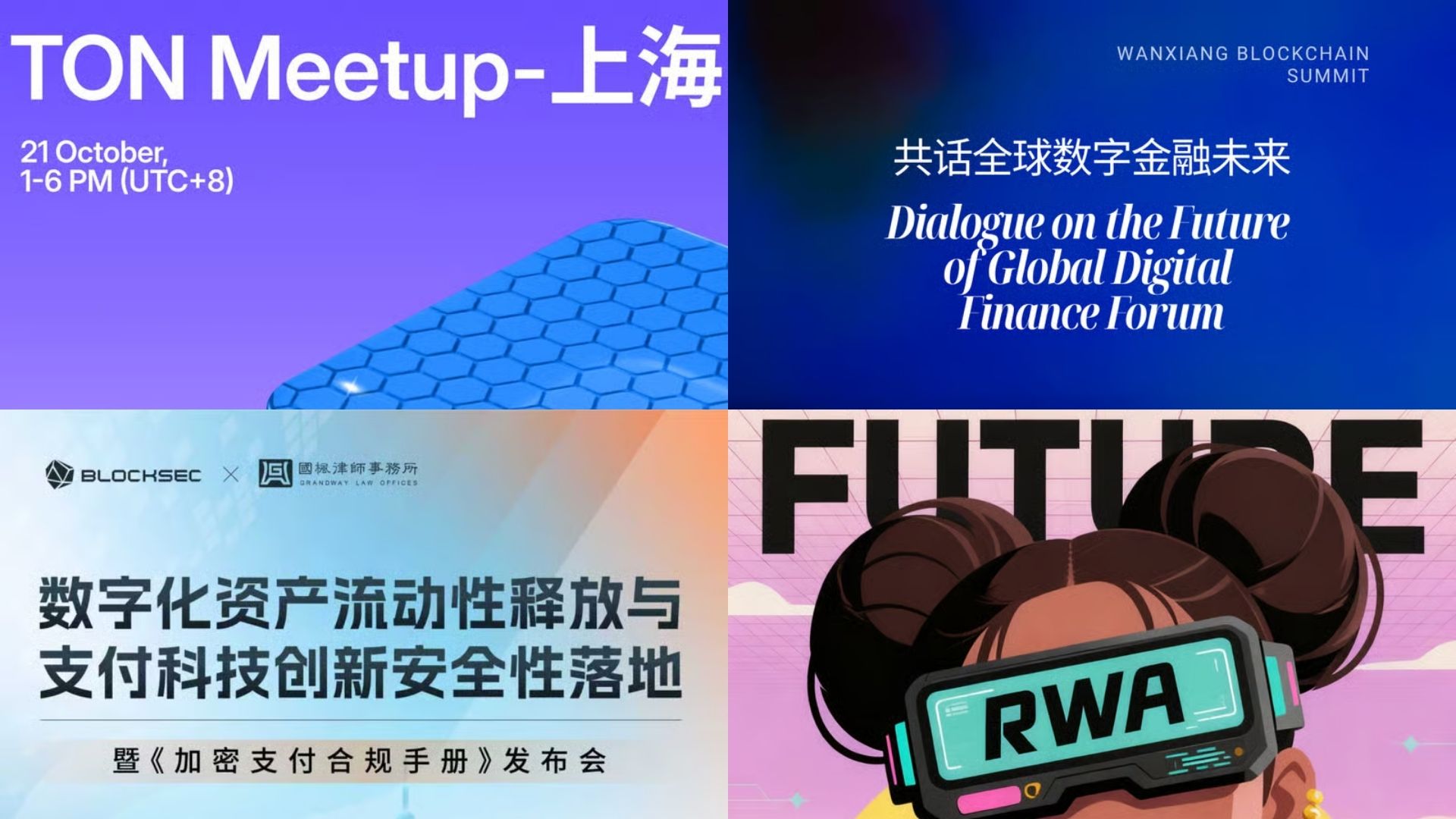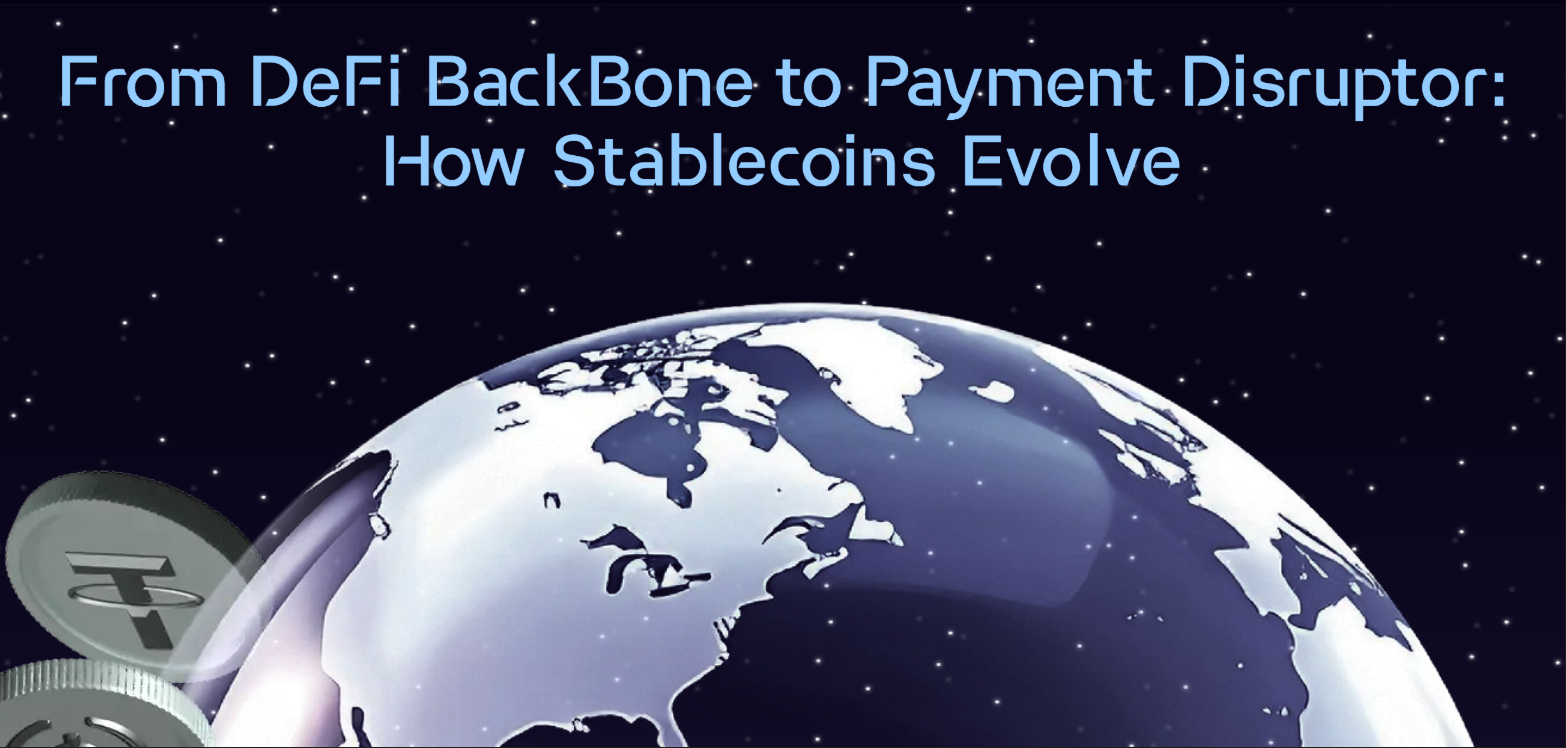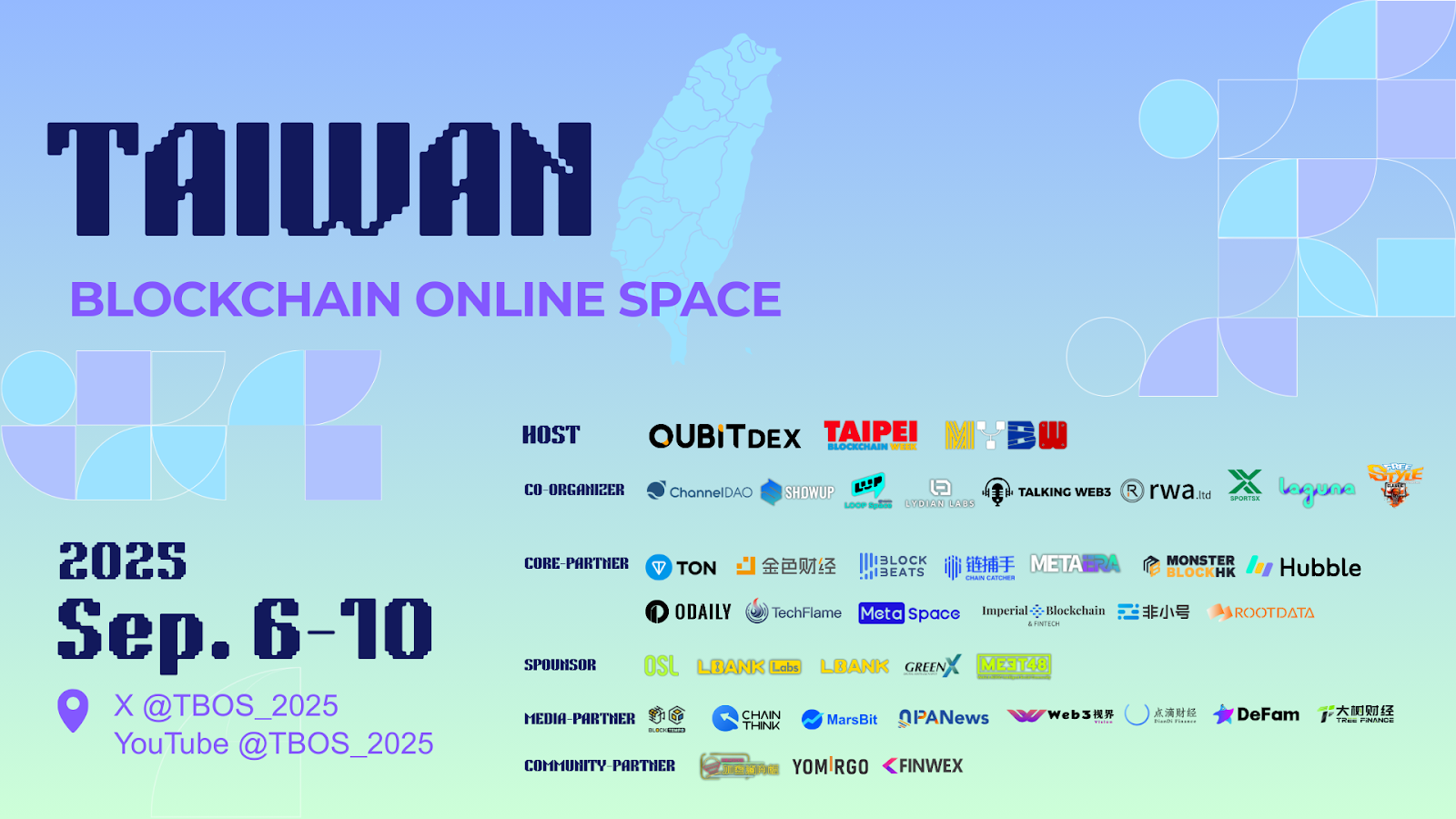


Look at the trend of keywords: The rotation of hot and cold Through observing topics inside and outside the market, it is easy to find that some high-frequency keywords have
changed markedly this year
: rising popularity: RWA (real world assets), Payment (payment) projects have clearly become a new focus of capital and topics
. Decrease in popularity: The “agreement” type construction and Infra related content, which were popular in the previous two years, have cooled down markedly this year.
Continued heat: AI and memes are still the protagonists in the spotlight, and discussions spanned many venues.
Obsolete keywords: keywords such as ZK (zero knowledge proof), Bitcoin ecology, and DeSci are rarely mentioned, and almost disappeared from this year's discussions.
This round of keyword changes is actually a narrative shuffle. There is a cycle of popularity, and the narrative also survives the
fittest.The
project display style changed: from “dazzling technology” to “eye-catching”
. Comparedwith the wide variety of peripheral products in the previous two years, the surrounding area of many of this year's projects seemed very monotonous, but the bag (tote bag) design was extremely careful. The bags were big one by one, and the colors
flashed one by one.Essentially, it's a smart choice after a tight budget: trade minimal investment for maximum visual and memory points. NO is an immersive experience, and now
even the launch is full of ROI.From meme learning to think on the C-side, it was the project side that really evolved. This year, the Web3 project parties reached a broad consensus on the appearance of “valuing users” — whether it's an application
or agreement, everyone talks about community, narrative, and PMF, and the C-side seems to have become the default direction. However, after in-depth communication, you will find that many projects talk much more, do less, and put emphasis on putting the user first,
but the actual behavior is still dominated by self-satisfaction.This “focus on the C-side” attitude is often more like a defensive narrative. Did the project actually find a real product scenario, or did they use the “we are looking for PMF” rhetoric to make excuses for not moving the product, not pushing, or breaking the game when the market is weak? It's hard to tell apart.
PMF has become a new generation of “metaphysics,” and when you say it, it seems like you are working hard; in fact, many teams still understand users based on KPIs and number of retweets. There are still few teams that can actually use users as mirrors, illuminate product problems, and quickly fix them
based on this.In other words, it's not that people don't want to do PMF, it's that many people don't even know how PMF should do it. Fewer people can actually use the “user” as a source of feedback for the product rather
than a background board for the story.As a result, teams that are consistent in words and actions, truly sink in to verify, acknowledge failure and iterate quickly are particularly scarce — a key ability that can still go the long term at this stage.
The fault in ecological activity is obvious: there is no central area, and the intensity of activity is high, but the quality and popularity are highly stratified: leading
projects such as Solana, Sui,
The BNB and exchange camps are still very crowded, even though the exhibition area is small
. Mid-range projects, on the other hand, are at fault. Many simply don't host events, and even if they do, they are mostly “support places” among acquaintances.
The tail project or small ecology scene is more deserted. It often becomes a “temporary place to eat and rest”, and there are no opportunities for actual communication.
The guest speeches were the same: the star-star guests were full of seats, and the venue for regular speakers was more of a place to chat and rest.
Recruiting people is difficult, but what is even more difficult is to recruit “comrades” almost every time we talk about recruitment, and the project parties all agree that what we lack is a cofounder who can fight a war
, not an intern who can slowly train.
This sentence reveals the core pain point of Web3 entrepreneurship today: resources are scarce, efficiency is king.
People who can go from 0 to 1 are the most scarce assets in the current market.KOL groups and agencies are rampant: I'm losing trust in information sources. In the context of scuffles and narratives, various styles of expressioners are appearing: some use sharp positions to attract attention, some use a “leek” attitude to build trust, and others gain voice with
an image of “neutrality and calm
.”They all have their own perspectives and expressions, but what is really puzzling is that in an environment where information is extremely intensive and positions are divided, it is increasingly difficult for us, as recipients of information, to establish a clear path of judgment.
It's hard to say which type of KOL is “right” or “wrong,” but what you can feel is that we're being dragged into a torrent of more complex, more emotive content.
In this context, it is more important than ever to sift through information, clarify positions, and select people to focus on according to one's own needs. The information world of Web3 is no longer black and white; it
is more like a web. The closer you get to the core, the more you need to calmly discern. There's a lot of content, lots of opinions, but really valuable information is often hidden in expressions that don't cater too much to traffic or deliberately amplify emotions.Learning to maintain judgment in the midst of the hustle and bustle is probably one of the most valuable abilities of the builders of our generation
.Solana is amazing: the quality of the event is high, and the network density is strong. The Solana series of events performed the best in the entire festival. In addition to the lively scene, what is even more rare is that there are many real
people doing things
, and the social value is high.At the time of Networking, people were not talking about “hot projects,” but rather specific cooperation and ecological integration, which gave people a real sense of “willing to cultivate deeply in this chain.”
PS: Regarding Sonic and Soon
,although I've always been skeptical about the positioning of these two projects, there are just too many people talking about them. Maybe you should take the time to carefully study where they are new and whether they are worth following; at least not get thrown out of the wheel by the new story.
AI+ Web3: People come and go, some people leave, others enter. It is worth noting that in the direction of AI, “demographic restructuring” is currently taking place: on the one hand, people
who have experienced the 2023-2024
boom
They are in the process of exiting. Some are running out of funds, some have failed in the narrative, and others want to give up when the market isn't good; on the other hand, a large number of AI entrepreneurs from traditional Web2 backgrounds are entering the market with experience and expectations to try to find new value anchors in Web3.
It was a mixed wave, with some leaving with disappointment and others entering the market with hope.
Aunts entering the market ≠ Mass Expectations: Don't overestimate the significance of traffic One last comment: The presence of a large number of middle-aged uncles and aunts at the venue
does not mean that Web3 has ushered in a real “national audience.” Many are actually due to friends/volunteers sending tickets or selling tickets at low prices. Although their presence made the venue
more lively, for the industry, real user education and retention are far from beginning.Summary: A more realistic Web3 era is unfolding. This year's Web3 Festival was devoid of all the hustle and bustle of the bull market, and less pompous and bubbly
. However, from changing buzzwords to ecological differentiation, from the self-evolution of project parties to narrative restructuring, we have seen a more
realistic and pragmatic face of the Web3 industry.At a low point in this cycle, judgment, execution, and sense of direction are far more important than “faith.”
Earning money in a cycle, making money from chives, making money from VC, all that makes money is a business, and making money is a skill.
Optimistic friends will say that this is a real “build era,” and Build is beginning.
Pessimistic friends will say that when the big wave recedes, what is left is still a gambling table and chips.
Crypto won't die though; everyone is on their way.




